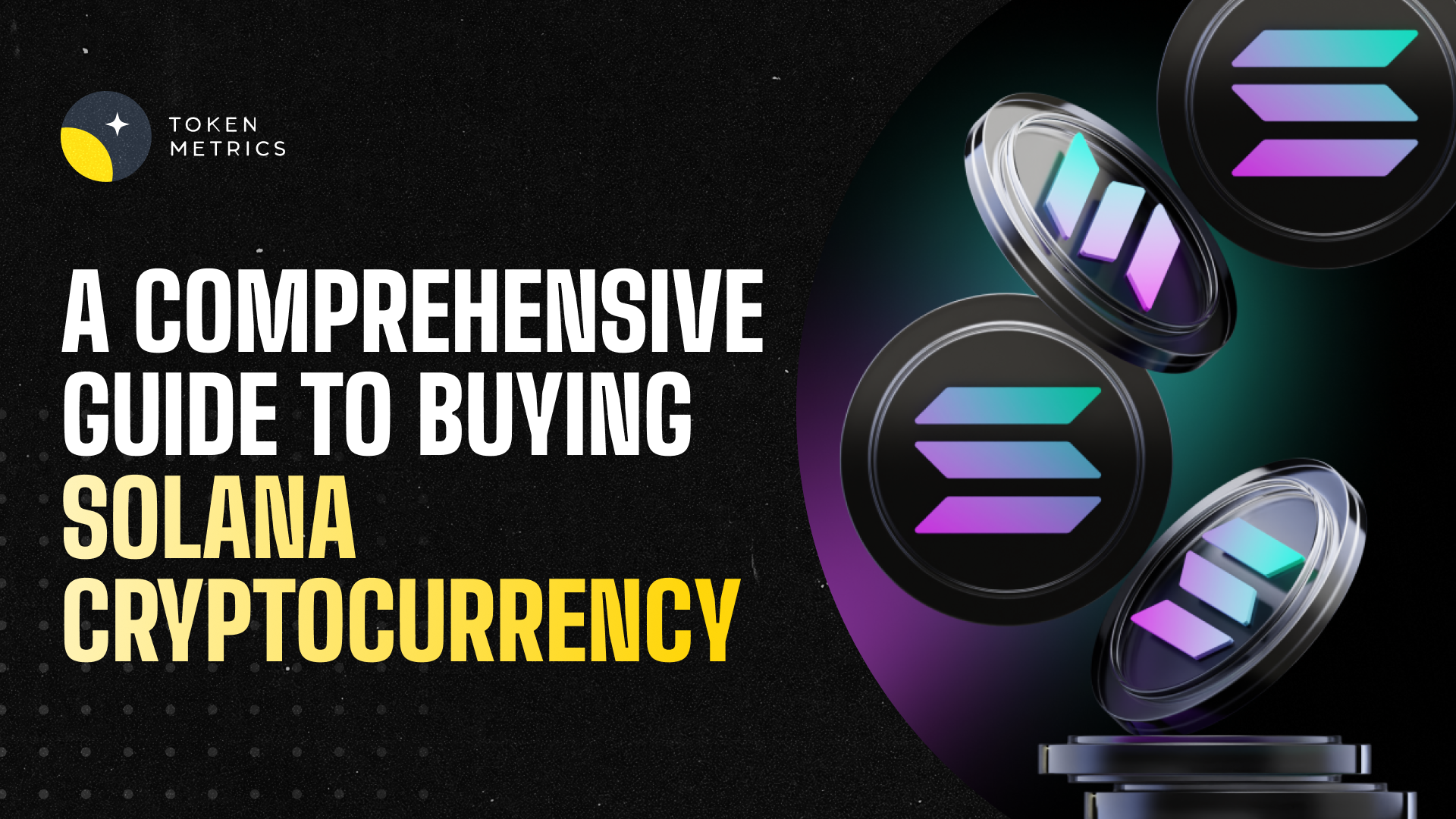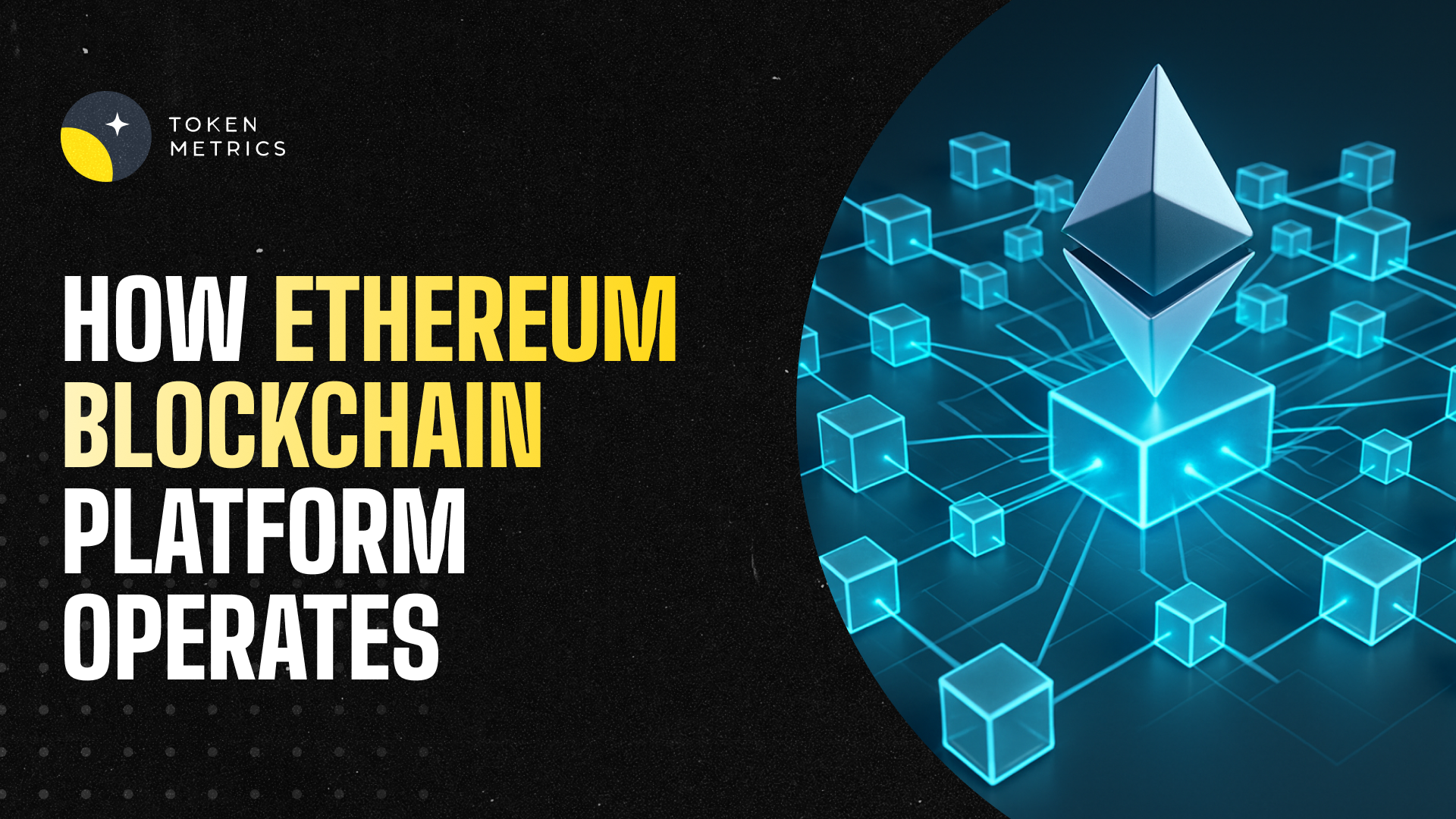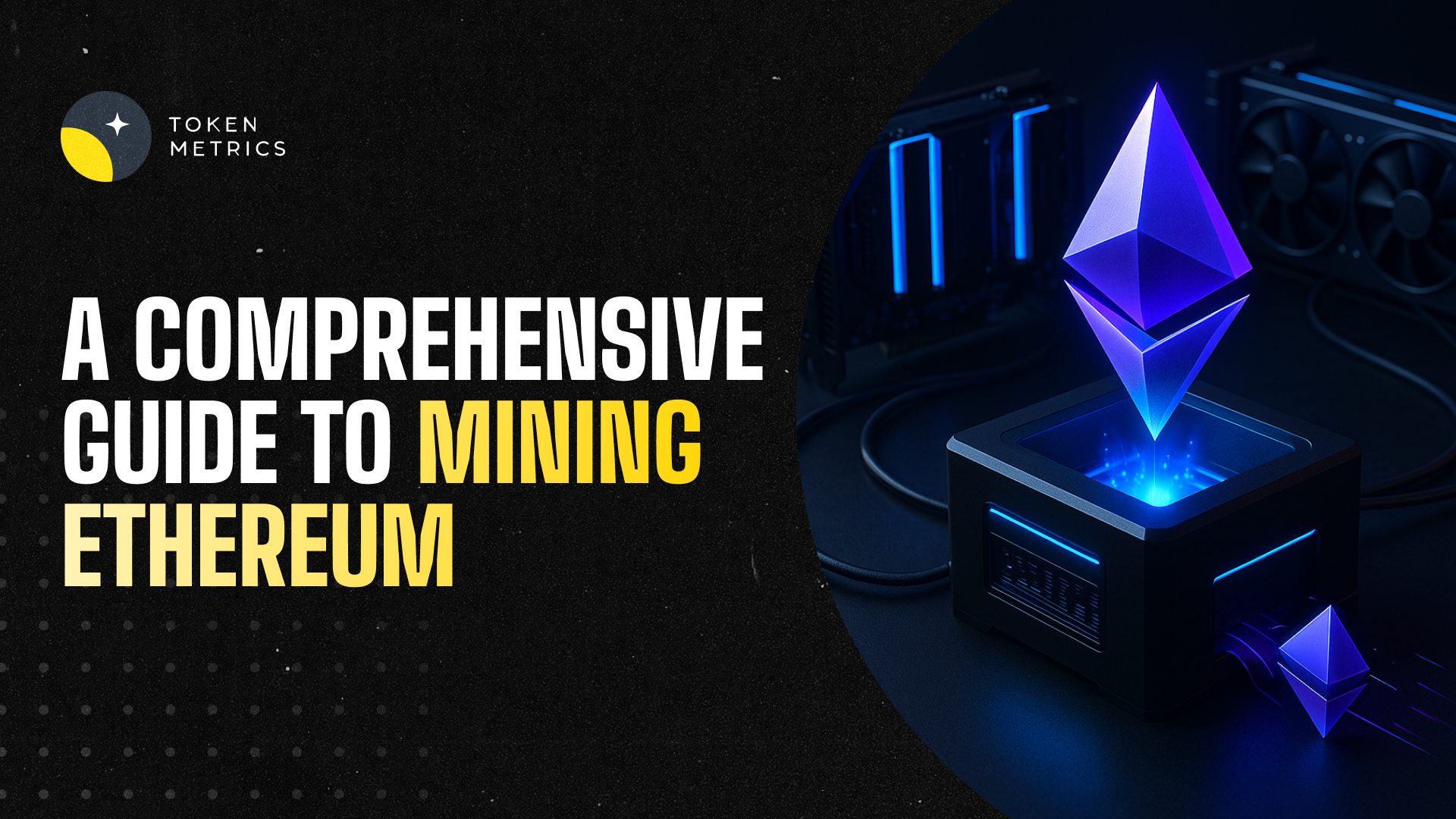What is Shiba Inu Burn Rate and its Impact on SHIB Ecosystem

In the world of cryptocurrency, Shiba Inu has gained significant attention due to its impressive growth and unique features. One of the unique features of Shiba Inu is its burn mechanism.
In this blog, we will take a closer look at the Shiba Inu token burn rate, how it works, its benefits, and future impact.
What is a Token Burn Mechanism?
A token burn mechanism is a process by which a cryptocurrency's supply is reduced. It involves permanently removing a certain number of tokens from circulation.
The tokens are usually sent to a specific wallet address that is publicly visible on the blockchain. Once the tokens are sent to the address, they cannot be accessed or used by anyone, effectively reducing the supply of the token.
What is Shiba Inu Burn Rate?
The Shiba Inu burn rate mechanism is designed to gradually reduce the circulating supply of SHIB tokens over time. The development team periodically sends a portion of the tokens to the burn address, effectively removing them from circulation.
This process is transparent and can be tracked on the Ethereum blockchain, ensuring accountability and providing visibility to token holders.
Shiba Inu Burning Portal
ShibBurn, the scorching gateway that rewards users with a unique token in exchange for burning their SHIB coins.
Developed in collaboration with Ryoshi, the burning portal has undergone a significant transformation. The Shib development team has severed ties with Ryoshi, assumed control of the portal, and seamlessly integrated it into ShibSwap.
In the initial five days following its launch, holders burned a total of 20 billion Shiba Inu tokens using the burning portal. This portal provides an avenue for holders to transfer their SHIB tokens to a designated burn address.
The establishment of ShibBurn was motivated by the action of Vitalik Buterin, the creator of Ethereum, who burned $6.7 billion worth of SHIB tokens in May 2021. The portal offers three distinct addresses for the purpose of burning tokens.
One of these addresses corresponds to the same address utilized by Vitalik to burn his SHIB holdings, while another address is employed for ShibaSwap listings.
The remaining address is associated with the Ethereum genesis address, commonly referred to as the "black hole" address.
Purpose of Shiba Inu Burn
The primary purpose of the Shiba Inu burning is to create scarcity and increase the value of the remaining tokens.
By reducing the circulating supply, the burn rate aims to counteract the inflationary pressures that may arise as more tokens are minted or distributed.
This mechanism aligns with the principles of tokenomics, where supply and demand dynamics play a crucial role in determining the token's market value.
How Does the Shiba Inu Token Burn Mechanism Work?
The Shiba Inu burn mechanism is relatively straightforward. Every time a transaction is made on the Shiba Inu network, a small percentage of the transaction fee is sent to a burn or null address.
The burn address is a wallet address that is not owned by anyone and cannot be accessed. The tokens that are sent to the burn address are permanently removed from circulation, effectively reducing the supply of Shiba Inu tokens.
Impact of Shiba Inu Burn Rate on SHIB Ecosystem
Price and Supply Dynamics
The burn rate directly affects the supply of SHIB tokens in circulation. As more tokens are burned, the supply decreases, which can potentially lead to an increase in token value.
This reduction in supply, coupled with growing demand, may drive the price of SHIB upward.
However, it's important to note that multiple factors influence token prices, and the burn rate alone may not dictate the entire price trajectory.
Investor Sentiment and Market Perception
The burn rate can significantly impact investor sentiment and market perception of SHIB. A higher burn rate often creates a sense of scarcity and exclusivity, attracting potential investors looking for assets with limited supply.
This increased demand can contribute to positive market sentiment and a potential boost in SHIB's overall market capitalization.
ShibaSwap and Decentralized Exchanges (DEX)
ShibaSwap, the decentralized exchange built on the Shiba Inu ecosystem, can be influenced by the burn rate.
As the circulating supply decreases, it can create a scarcity of SHIB tokens available for trading, potentially leading to increased trading volumes and liquidity on ShibaSwap. This dynamic can enhance the utility and value proposition of ShibaSwap for traders and liquidity providers.
Influence on Token Utility
The burn rate can also impact the utility of SHIB tokens. With a decreasing supply, the remaining tokens become relatively scarcer, potentially increasing their value within the ecosystem.
This increased value can incentivize holders to actively engage with the SHIB ecosystem, participate in governance decisions, and explore various utility applications offered by the project
The Road Ahead for Shiba Inu
The Shiba Inu project continues to evolve, and its burn rate mechanism remains a critical element of its ecosystem.
As the project gains more visibility and adoption, it will be interesting to see how the burn rate impacts its overall growth and sustainability.
It is important for investors and enthusiasts to stay informed about updates and developments related to Shiba Inu's burn rate and its implications on the SHIB ecosystem.
Also Read - Is Shiba Inu Dead?
Frequently Asked Questions
Q1. What is the current burn rate of Shiba Inu?
The current burn rate of Shiba Inu can vary over time as tokens are periodically sent to the burn address. It's advisable to check reliable sources or official announcements for the most up-to-date information.
Q2. How does the burn rate affect SHIB token holders?
The burn rate can potentially increase the value of SHIB tokens by reducing the circulating supply. As the supply decreases, the remaining tokens may become relatively scarcer, which can influence their market value.
Q3. Can the burn rate be adjusted?
Yes, the burn rate can be adjusted by the Shiba Inu development team. However, any adjustments should be communicated transparently to maintain trust and avoid potential market disruptions.
Q4. Is Shiba Inu burn rate sustainable in the long term?
The sustainability of the burn rate depends on various factors, including the project's long-term goals, community consensus, and market conditions. Continuous evaluation and adaptation may be necessary to ensure a balanced approach.
Q5. Where can I find reliable information about Shiba Inu burn rate?
Official Shiba Inu communication channels, such as the project's website, social media accounts, and community forums, can provide reliable information about the burn rate and other project-related updates. It's essential to verify the authenticity of the sources before relying on the information.
Q6 What happens to the burned SHIB tokens?
When SHIB tokens are burned, they are sent to a wallet address where they become inaccessible. These burned tokens are effectively taken out of circulation, reducing the total supply of SHIB tokens.
Conclusion
The Shiba Inu burn rate plays a vital role in shaping the future of the SHIB ecosystem. By intentionally reducing the circulating supply of SHIB tokens, the burn rate aims to create scarcity, increase value, and influence various aspects of the project.
It affects price dynamics, investor sentiment, token utility, and the overall growth trajectory of Shiba Inu. However, it's crucial to consider the potential risks and ensure a balanced approach to maintain market stability and long-term sustainability.
Disclaimer
The information provided on this website does not constitute investment advice, financial advice, trading advice, or any other sort of advice and you should not treat any of the website's content as such.
Token Metrics does not recommend that any cryptocurrency should be bought, sold, or held by you. Do conduct your own due diligence and consult your financial advisor before making any investment decisions.
Create Your Free Token Metrics Account

.png)




%201.svg)
%201.svg)


%201.svg)










.svg)




.png)